Unlocking Energy Savings: How LED Lighting Solutions Transform Your Home and Business
In today's fast-paced world, energy efficiency has become a pivotal focus for both homeowners and business operators seeking to reduce costs and enhance sustainability. One of the most effective ways to achieve significant energy savings is through the implementation of LED lighting solutions. These innovative technologies not only provide superior illumination but also dramatically lower energy consumption compared to traditional lighting options. In this guide, we will explore the transformative power of LED lighting solutions and how they can reshape the lighting landscape of your residential and commercial spaces. By understanding the practical steps to integrate these solutions, you can unlock substantial energy savings while contributing to a greener future. Join us as we delve into the myriad benefits of LED lighting and discover how you can illuminate your surroundings efficiently and effectively.

Understanding the Benefits of LED Lighting for Energy Efficiency
LED lighting has emerged as a game-changer in the pursuit of
energy efficiency for both homes and businesses.
According to the U.S. Department of Energy, LED lights use at least
75% less energy than traditional incandescent bulbs and last
25 times longer. This significant reduction in
energy consumption not only translates to lower electricity bills but also contributes to a
decreased carbon footprint, making it a vital
consideration for environmentally conscious consumers.
In commercial settings, the shift to LED lighting can offer even more substantial savings. A report
by the Lighting Research Center highlights that businesses that switch to LED can save
approximately $700 annually for every 100 fixtures
replaced. Additionally, with the advancements in smart LED technology, businesses can further optimize
lighting usage by utilizing
motion sensors and
dimming capabilities, ensuring lights are only on when needed.
This transformative approach allows both individual consumers and large corporations to reap the
benefits of energy-efficient lighting while promoting
sustainability.
Choosing the Right LED Lighting Solutions for Your Space
When selecting LED lighting solutions for your home or business, it’s essential to consider the specific needs of your environment. Start by assessing the size and layout of your space; different areas may require varying intensities and types of lighting. For example, warm white LEDs can create a cozy ambiance in living rooms, while cooler tones are more suitable for kitchens and workspaces, promoting alertness and productivity.
Another crucial factor is the color temperature and brightness levels, measured in lumens. Choosing the right brightness ensures that your space is neither too dim nor overwhelmingly bright. Additionally, consider features like dimmability and smart technology options that can provide flexibility in managing your lighting. Lastly, look for energy-efficient models with a long lifespan to maximize your investment and reduce maintenance costs. Balancing aesthetics and functionality will ultimately lead to a transformative lighting experience in your home or business.
Implementing LED Lighting in Your Home: A Step-by-Step Guide
Implementing LED lighting in your home can significantly reduce energy costs while enhancing the ambiance. Start by assessing your current lighting fixtures and identifying areas where you can replace traditional bulbs with LED alternatives. Focus on high-use areas like kitchens, living rooms, and entrances where brighter, longer-lasting light is essential.
**Tips:** When selecting LED bulbs, consider their brightness, measured in lumens, alongside the color temperature, which affects the mood of the space. Warm white (2700K-3000K) is ideal for living spaces, while cooler temperatures (4000K-5000K) work well in work areas.
Next, distinguish between types of LED lighting such as recessed lighting, strip lights, and smart bulbs. Smart LEDs allow you to control brightness and colors, creating customizable atmospheres suited for various occasions. Discover the benefits of dimmers, which can further enhance energy savings and extend bulb life.
**Tips:** Opt for fixtures labeled with Energy Star certifications to ensure maximum efficiency. Additionally, integrating motion sensors in areas like hallways or garages can minimize energy waste by ensuring lights are only on when needed.
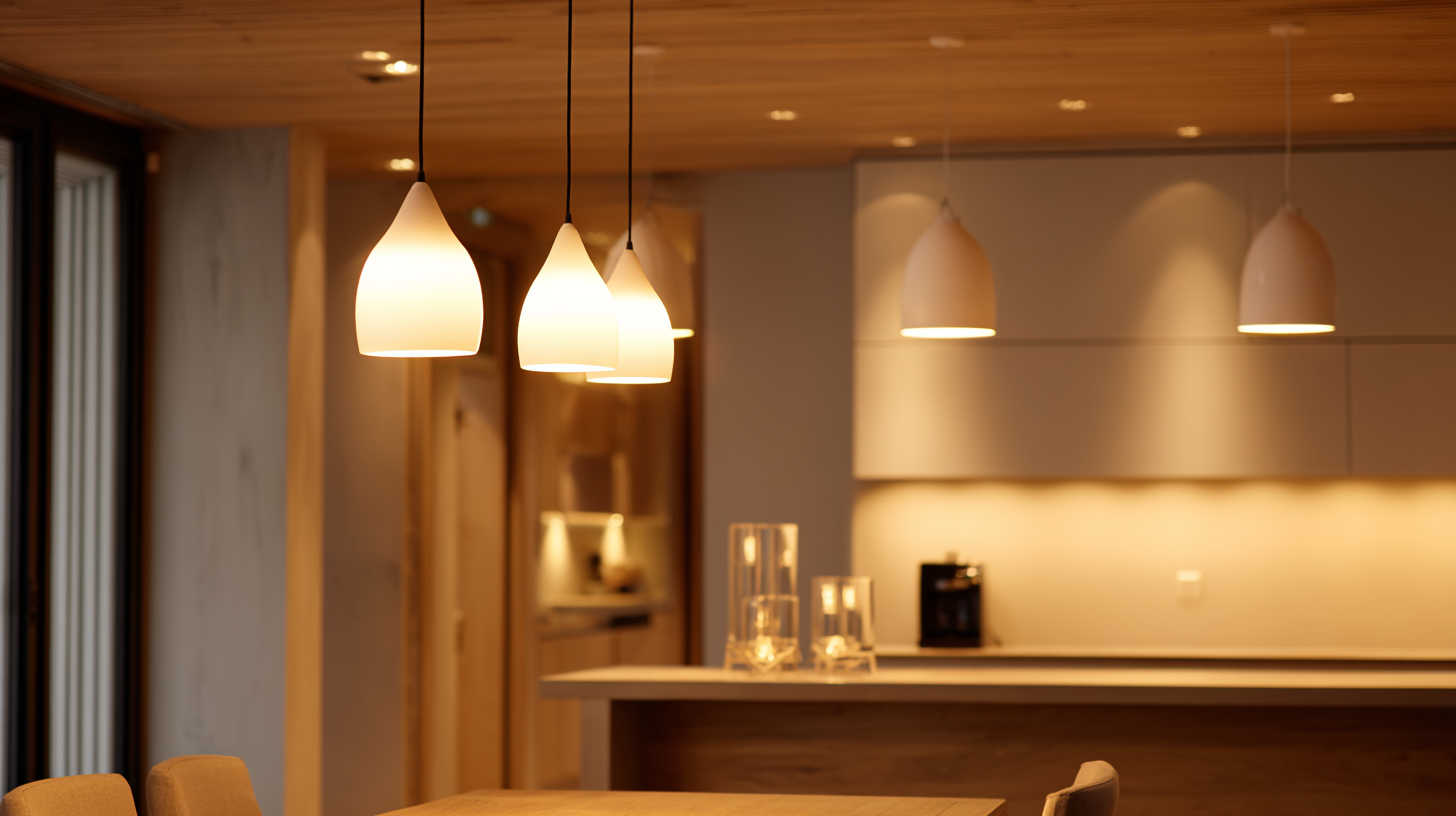
Maximizing Savings: Tips for Transitioning to LED Lighting in Businesses
Transitioning to LED lighting in businesses is not only an eco-friendly choice but also a smart financial decision. One of the first steps is to evaluate your current lighting setup and identify areas where LED replacements would have the most significant impact. Consider replacing high-use zones such as reception areas, meeting rooms, and warehouses with LED fixtures. These lights offer longer lifespans and reduced energy consumption, translating into substantial savings over time.
In addition to selecting the right products, businesses should take advantage of available incentives and rebates for upgrading to LED lighting. Many utility companies and government programs provide financial support to help offset initial costs, making the transition more affordable. Another effective strategy is to involve employees in the process by educating them about the benefits of LED lighting. Their buy-in can enhance usage efficiency and promote energy-saving practices throughout the workplace. By taking these steps, businesses can maximize their savings while creating a brighter, more sustainable environment.
Energy Savings from LED Lighting Solutions
Monitoring and Maintaining LED Systems for Long-Term Efficiency
Monitoring and maintaining LED lighting systems is crucial to ensure their long-term efficiency and maximize energy savings in both homes and businesses. According to a report by the U.S. Department of Energy, LED lights can use up to 75% less energy than incandescent bulbs and can last up to 25 times longer. However, to sustain these benefits, regular monitoring is essential. This includes tracking performance metrics such as brightness, color temperature, and energy consumption. By employing smart lighting systems equipped with sensors and integrated controls, users can gain real-time insights into their lighting performance, allowing for timely adjustments and maintenance.

Furthermore, routine maintenance of LED systems not only preserves their efficiency but also enhances their lifespan. A study published in the Journal of Cleaner Production highlights that proper upkeep, such as regular cleaning of fixtures and checking for loose connections, can prevent up to 30% of the usual degradation in light output and color consistency over time. Additionally, businesses can benefit from predictive maintenance strategies that use data analytics to foresee potential issues before they manifest, thus reducing downtime and avoiding costly replacements. Overall, implementing a robust monitoring and maintenance system is essential for unlocking the full potential of LED lighting solutions in any setting.
Related Posts
-
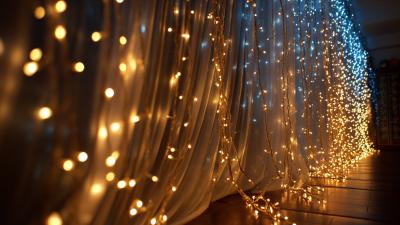
Transform Your Space: The Ultimate Guide to Innovative LED Lighting Solutions
-
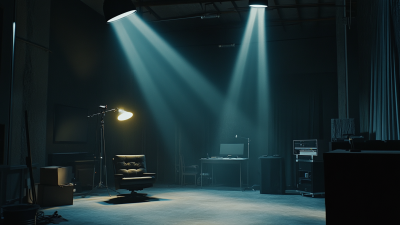
5 Compelling Reasons to Choose LED Spotlights for Your Next Project
-

Illuminating the Future: 2025 Trends in Smart LED Light Fixtures for Global Buyers
-

Creative Uses of Led Lighting in Various Industries
-
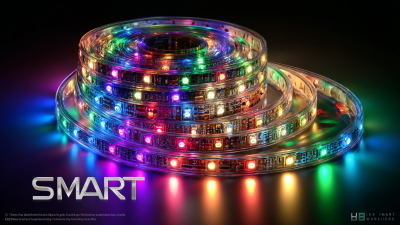
The Ultimate Guide to Transforming Your Space with the Best Smart LED Light Fixtures: Insights & Trends for Global Buyers
-
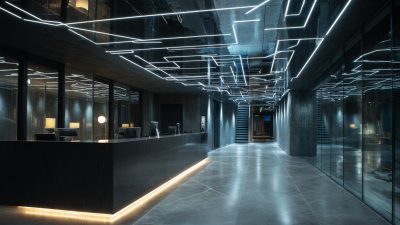
Unlocking Success with Innovative Approaches to Best Led Lighting Solutions
